From the gentle flutter of butterfly wings to the graceful dive of a dolphin, the animal kingdom is full of fascinating creatures living life at its most dynamic. But what about those animals who spend the majority of their time catching Z’s? Sleep is their forte, and they proudly flaunt it. In this listicle, we’ll explore 14 animals that seem to have mastered the art of doing nothing—at least in the eyes of us ever-busy humans. Lie back, relax, and let’s dive into the lives of these perpetual snoozers. You might even find yourself a little envious of their laid-back lifestyles.
1. Koalas: The Professional Loungers
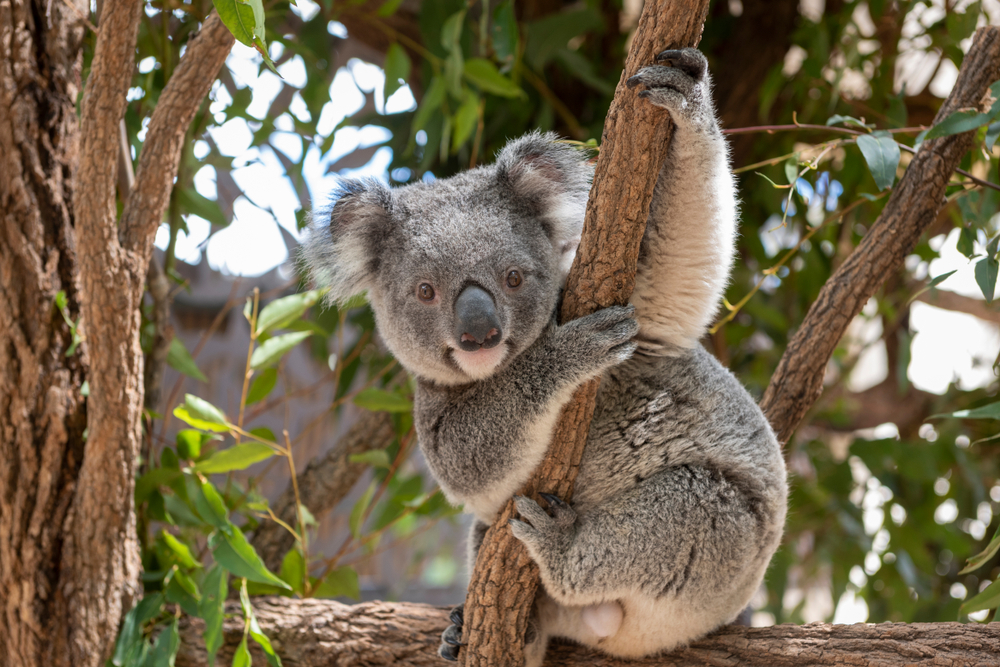
Koalas are often seen as the ultimate couch potatoes of the wild, spending up to 20 hours a day sleeping. It’s not without reason, though. Their diet consists mainly of eucalyptus leaves, which are low in nutrition and high in toxins, requiring them to conserve energy by sleeping. This means they need to slow down their metabolism, which makes napping more of a necessity than a luxury. When they aren’t sleeping, they spend their waking hours munching on leaves and occasionally taking a break to move to another branch.
While some might see this as a lazy lifestyle, koalas have turned it into an art form. They remain perched in trees, effortlessly combining rest and relaxation with the occasional snack. Though they are solitary creatures, when the mating season comes around, they manage to muster enough energy to socialize. Despite their sleepy reputation, koalas have a unique charm and are a favorite among wildlife enthusiasts. It’s easy to see why anyone would want to mimic their tranquil lifestyle.
2. Sloths: The Slow Motion Dreamers
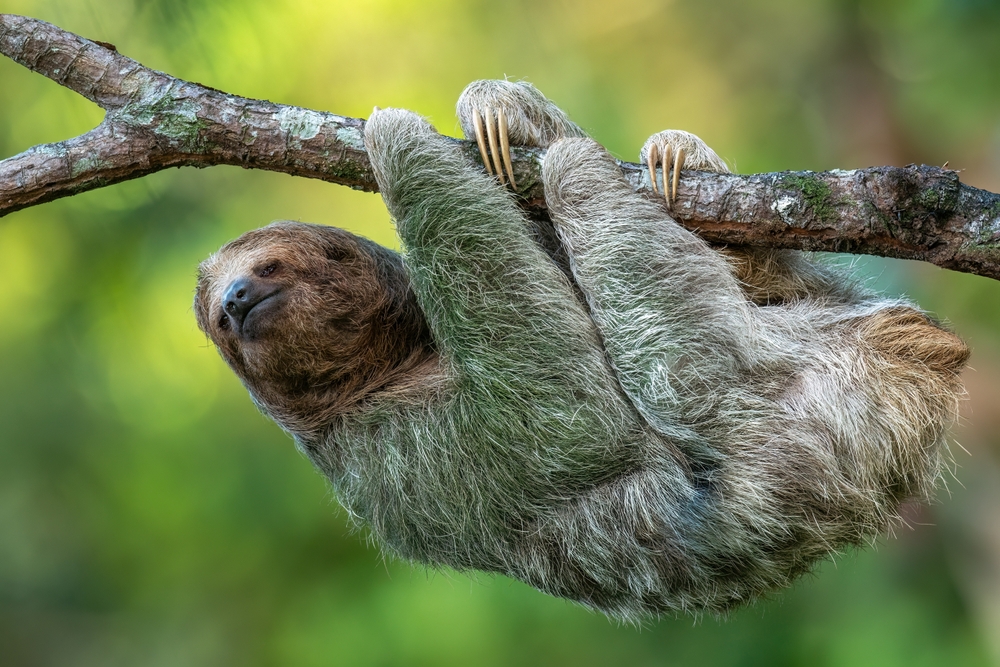
Sloths have truly embraced the slower side of life, spending up to 15 to 20 hours a day sleeping. These creatures are known for their slow movements, but there’s more to it than just a lackadaisical approach to life. Their leisurely pace helps them conserve energy, similar to our friends, the koalas. Living in the forests of Central and South America, sloths have adapted to a life in the treetops, with their lengthy naps being an essential aspect of their existence.
They have a unique physical structure that allows them to hang effortlessly from branches, a skill that supports their sleeping habits. In fact, they’re so comfortable in their hanging position that they even give birth while hanging. Sloths have become an emblem of relaxation and are symbolic of taking life as it comes. Their ability to simplify life to its most basic components is enviable, and perhaps something we could all learn from. Sloths remind us that there’s no need to hurry through life when you can take it slow and steady.
3. Little Brown Bats: The Night Owls of the Mammal World
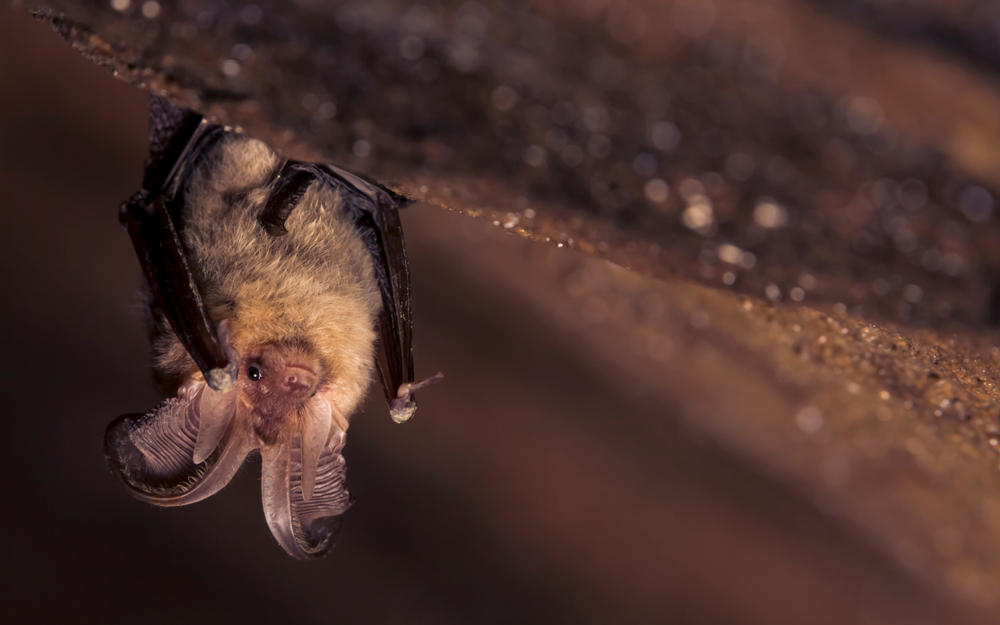
Little brown bats might just be the ultimate night owls, snoozing away for up to 20 hours each day. These nocturnal creatures come alive at night, but during daylight hours, they are more than happy to catch up on their beauty sleep. Their sleep patterns revolve around conserving energy and avoiding predators, which makes their daytime slumber all the more crucial. When night falls, they transform into agile hunters, using echolocation to find their insect prey.
Despite their nocturnal nature, little brown bats have adapted beautifully to their environments, whether it be caves, buildings, or tree hollows. Their sleeping habits allow them to store enough energy to fuel their nighttime activities. They play a crucial role in controlling insect populations, making them vital to their ecosystems. Little brown bats are a testament to the fact that there’s more to sleep than just rest; sometimes, it’s the downtime that powers their nighttime endeavors. So while they may appear to be dreaming the day away, they’re simply preparing for another night on the wing.
4. Giant Armadillos: The Burrowing Snooze Experts
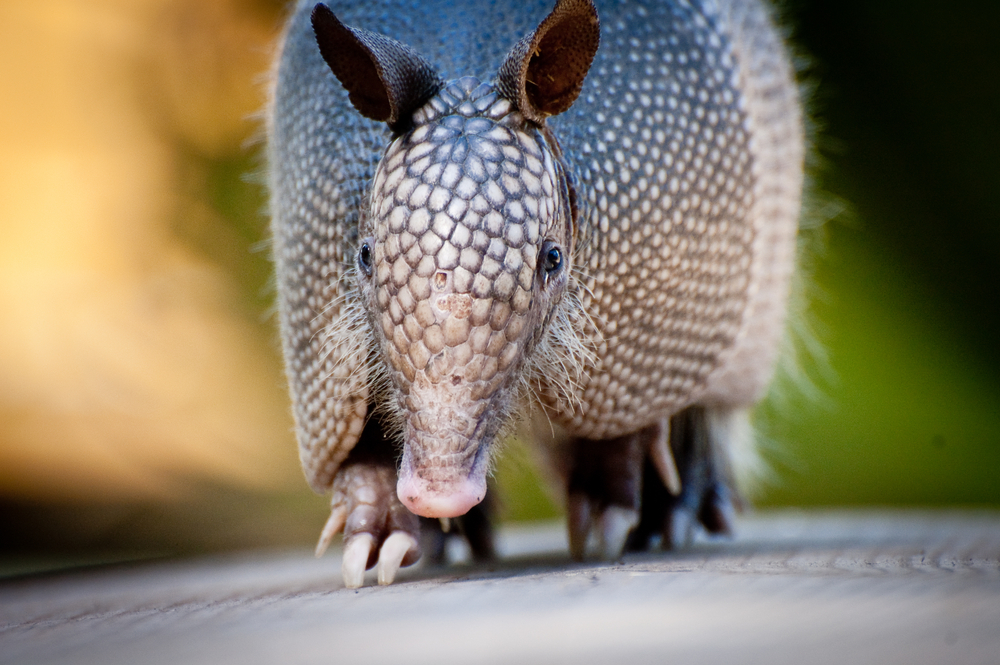
Giant armadillos are not just experts in burrowing; they are also quite proficient in sleeping, spending up to 18 hours a day in slumber. These armored creatures are native to South America and have developed unique adaptations to thrive in their environment. Their long claws are perfect for digging elaborate burrows, where they spend the majority of their time resting. The burrows provide them with a safe haven from predators, as well as a comfortable spot to catch up on sleep.
Their nocturnal lifestyle means they are most active during the night, foraging for insects and other small creatures to munch on. Giant armadillos are large, solitary animals that prefer the quiet life, and their sleep habits reflect this preference. They remind us that sometimes, it’s the simple pleasures, like a cozy spot for a nap, that make all the difference. In a world that’s always on the go, giant armadillos teach us the importance of creating a peaceful retreat of our own. Their dedication to sleep and relaxation is as impressive as their burrowing skills.
5. Brown-Throated Three-Toed Sloths: The Champions of the Chill
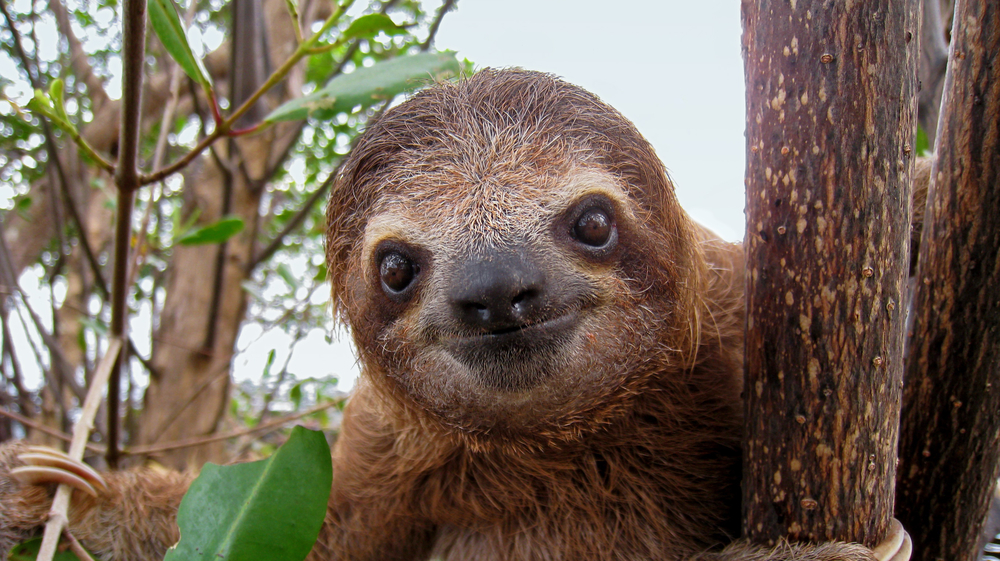
Brown-throated three-toed sloths are nothing short of champions when it comes to taking it easy, sleeping for up to 15 hours a day. These tree-dwelling animals are native to the rainforests of Central and South America, where they spend most of their lives leisurely hanging from branches. Their slow-paced lifestyle is an adaptation to their diet of leaves, which are low in calories and nutrients. By moving slowly and sleeping often, these sloths are able to conserve energy and survive in their lush habitat.
These sloths have an extraordinary ability to blend in with their surroundings, thanks to the greenish tinge on their fur from algae growth. This camouflage, along with their extended sleep sessions, keeps them safe from predators. Interestingly, they only descend from their arboreal homes about once a week to go to the bathroom. Their laid-back attitude and unhurried way of life have made them a symbol of tranquility. Brown-throated three-toed sloths remind us that sometimes, the best way to approach life is to take a step back, relax, and let nature take its course.
6. Opossums: The Unassuming Nappers

Opossums might not be the first animal you think of when it comes to sleeping prowess, but they can snooze for up to 18 hours a day. These nocturnal marsupials are native to the Americas and have a reputation for their “playing dead” defense mechanism. However, their sleeping habits are far from theatrical. Opossums sleep during the day and forage at night, making sure they rest enough to fuel their nocturnal activities.
Their sleep-heavy lifestyle allows them to exploit a variety of habitats, from forests to urban areas. Opossums are known for their adaptability, which is mirrored in their ability to find cozy, safe spots to rest, whether it’s in a tree hollow or an abandoned building. Their sleep habits provide them with the necessary energy to navigate their environment, avoid predators, and find food. Opossums prove that sometimes, a good nap is the best way to prepare for whatever life throws at you. While they may not be the most glamorous of animals, their dedication to downtime is something to admire.
7. Tigers: The Stealthy Sleepers
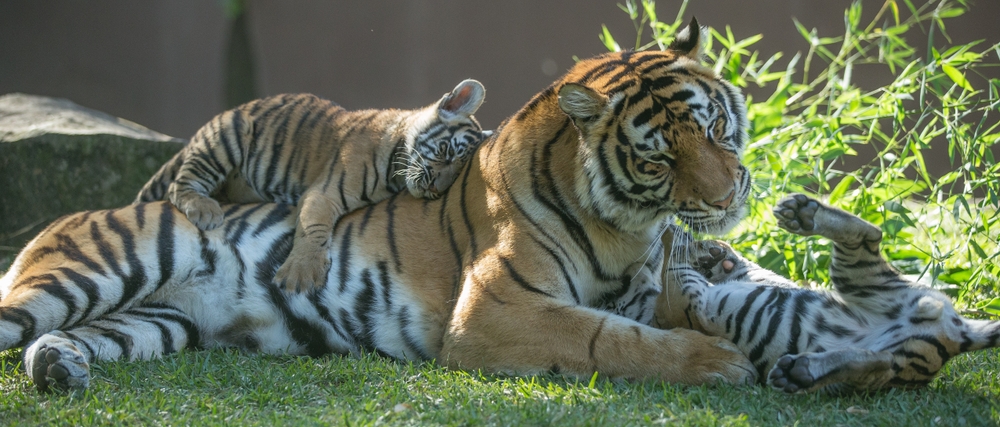
Tigers might be seen as fierce and powerful predators, but they also appreciate a good nap, sleeping up to 18 hours a day. These majestic big cats are known for their solitary nature, and their sleep habits reflect this preference for solitude. Spending their downtime resting in the shade, tigers are able to conserve their energy for the big hunts. Their sleep allows them to remain sharp and focused when stalking prey, making them one of the most efficient hunters in the animal kingdom.
Even though they are formidable creatures, tigers need their beauty sleep to maintain their physical condition and keep their senses finely tuned. They tend to sleep in their territory, which they mark and patrol, ensuring they have a safe and secure place to rest. Tigers exemplify the idea that even the strongest among us need time to recharge. Their ability to balance power with rest is a lesson in the importance of downtime. While we may not be hunting our next meal, we can all learn from the tiger’s equilibrium between work and rest.
8. North American Opossums: The Unsung Snooze Masters
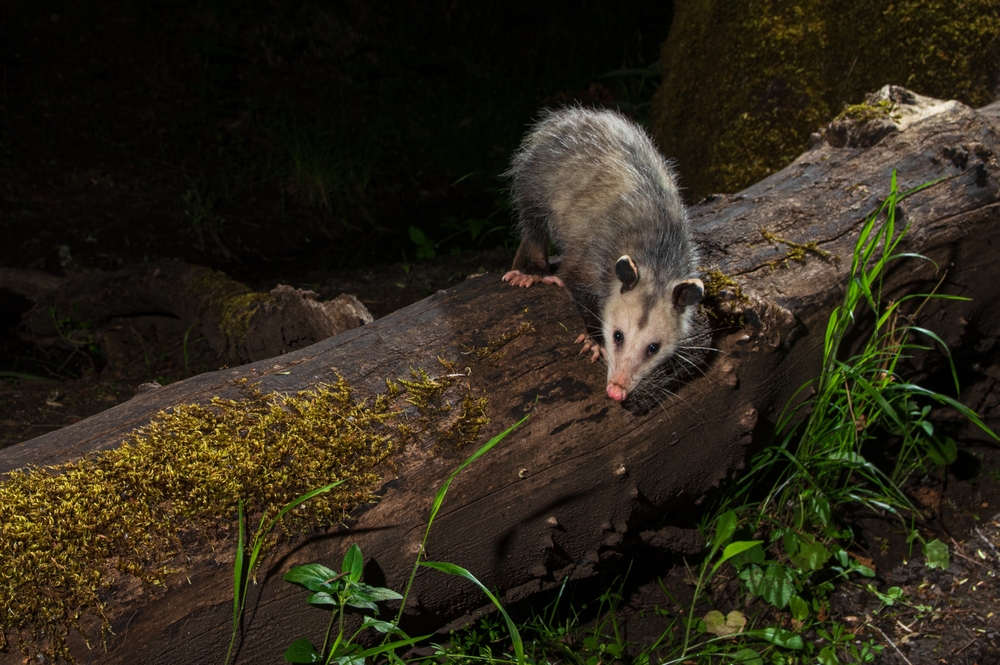
North American opossums are the unsung heroes of the nap world, clocking in up to 18 hours of sleep each day. These nocturnal creatures are often misunderstood, but their dedication to rest is nothing short of admirable. They spend their waking hours foraging for food, and their sleep-heavy schedule allows them to be effective scavengers. The combination of their unique traits, like playing dead and their extensive sleep habits, makes them fascinating members of the wildlife community.
These marsupials enjoy a variety of habitats, from forests to suburban areas, always finding a cozy nook to catch up on their rest. Their resilience and adaptability are reflected in their ability to thrive in diverse environments. For opossums, sleep is a vital component of their survival strategy, ensuring they have enough energy to navigate their sometimes challenging world. While they may not have the glamour of a tiger or the charm of a sloth, opossums teach us the value of making time for rest. Their ability to prioritize sleep is a reminder that rest can be both an art and a necessity.
9. Lemurs: The Sleepy Primate Relatives
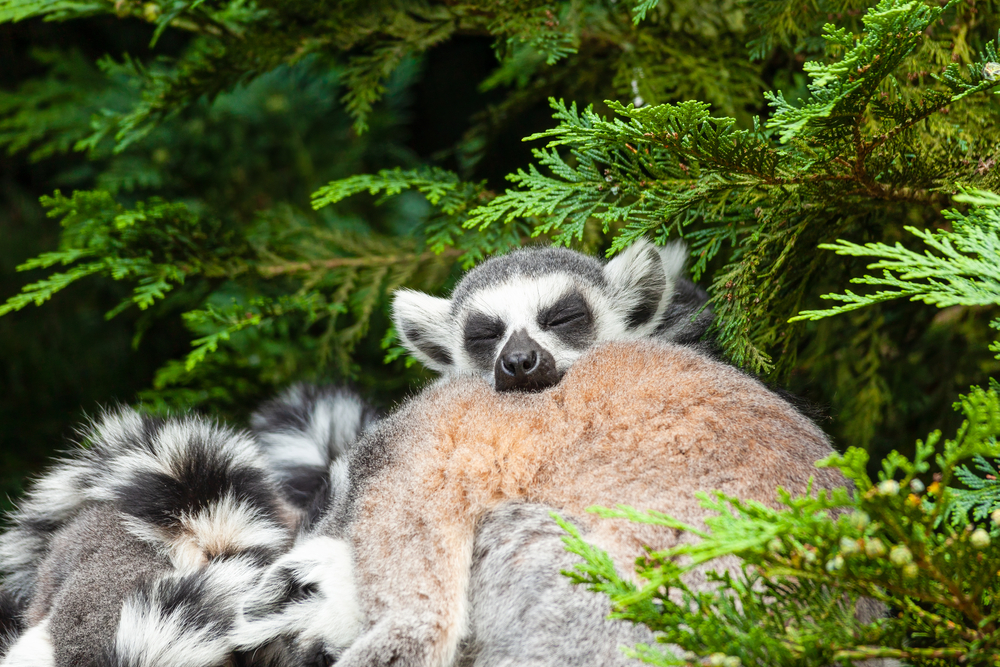
Lemurs, found exclusively in Madagascar, are some of the most captivating creatures in the primate world, and they also happen to be excellent sleepers, snoozing for up to 16 hours a day. With their large, expressive eyes and graceful movements, these primates are a marvel to watch—when they’re awake, that is. Lemurs sleep in groups, often huddling together in trees, which provides warmth and safety from predators. Their social sleep habits are one of the reasons they’re able to thrive in the diverse ecosystems of Madagascar.
During their waking hours, lemurs are quite active, foraging for food, playing, and socializing. But when it’s time to rest, they don’t hold back, fully embracing the opportunity to recharge. Their long sleep sessions allow them to maintain their playful and energetic personalities. Lemurs exemplify the balance between social interaction and solitude, finding harmony in both their waking hours and their slumber. Their communal sleep habits remind us of the importance of connections, even in rest.
10. Cats: The Domestic Dreamers
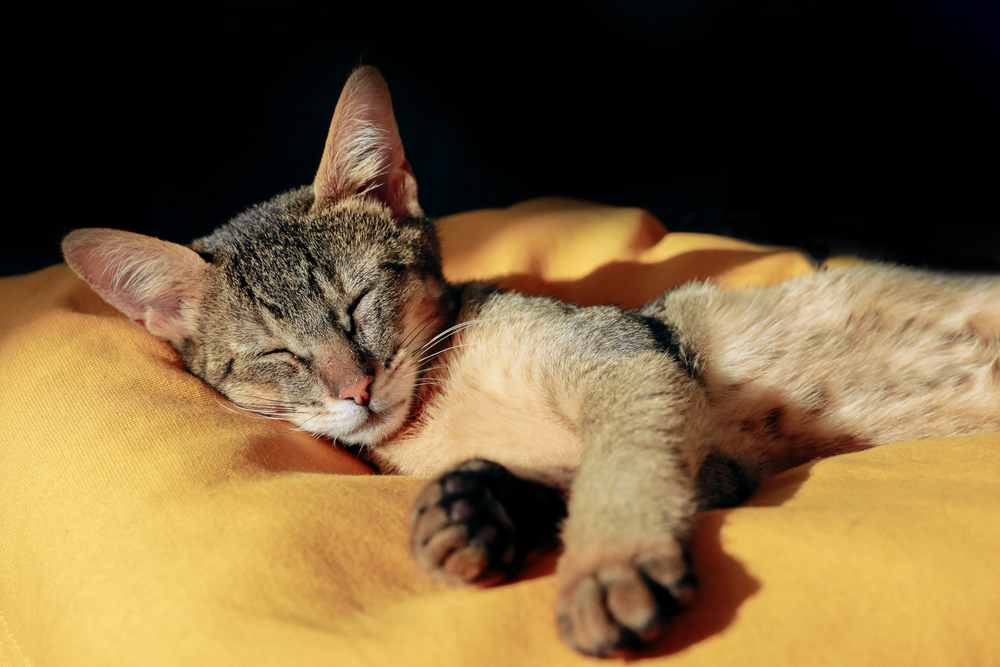
Cats, whether big or small, are natural-born sleepers, often spending up to 16 hours a day snoozing. These feline dreamers have perfected the art of the catnap, embodying relaxation in its most elegant form. Domestic cats, descendants of wild ancestors, have maintained their predatory instincts, and their sleep-heavy lifestyle reflects their evolutionary needs. During their waking hours, they pounce, play, and explore, but when it’s time to rest, they fully embrace their slumber.
Cats’ ability to sleep anywhere, whether it’s a sun-drenched windowsill or a cozy nook, demonstrates their adaptability. Their remarkable sleeping habits remind us of the importance of finding comfort and security in our environment. Cats have a unique way of capturing our hearts, not just with their playful antics, but also with their serene, sleeping faces. Their dedication to rest serves as a reminder of the balance between activity and relaxation. In a world that often demands constant motion, cats show us that it’s okay to pause and enjoy a peaceful moment.
11. Lions: The Regal Resters
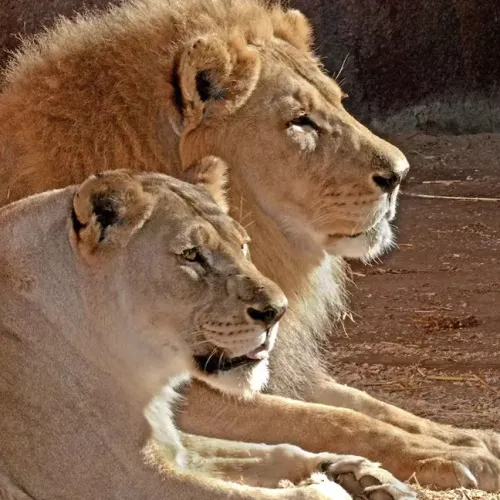
Lions, the kings and queens of the African savannah, are also masters of rest, spending up to 20 hours a day in slumber. Despite their fearsome reputation, these big cats know the importance of downtime. Living in prides, lions have a social structure that supports their leisurely lifestyle. They spend their waking hours hunting, playing, and maintaining pride dynamics, but when it’s time to rest, they do so with gusto.
The hot savannah sun makes sleeping during the day a practical choice, conserving energy for cooler, more active nights. Lions use sleep as a tool to maintain their strength and prowess, ensuring they can uphold their regal status. Their majestic presence, even while resting, is a testament to the power of balance in life. Lions remind us that even the mightiest need time to recharge and rejuvenate. As symbols of courage and strength, these regal creatures teach us the value of rest in maintaining our vitality.
12. Platypuses: The Quirky Sleep Enthusiasts
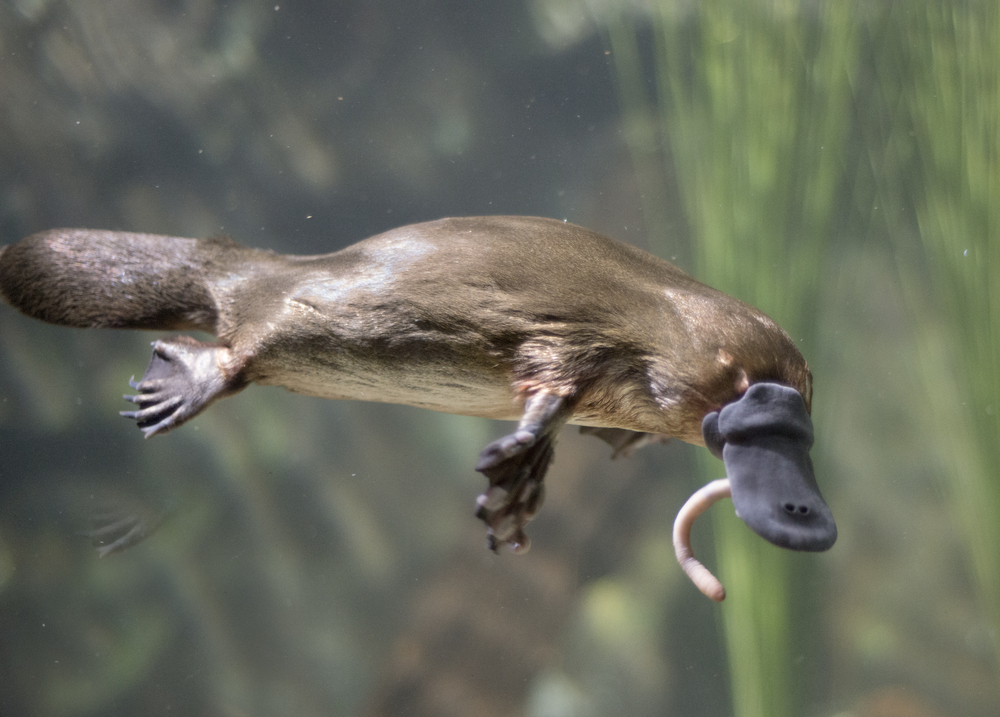
Platypuses are one of nature’s most curious creatures, and their sleep habits are equally intriguing, as they catch about 14 hours of sleep each day. These egg-laying mammals, native to Australia, are known for their unique appearance and semi-aquatic lifestyle. Platypuses spend a significant amount of time both in water and on land, and their sleep-heavy schedule supports their active hunting activities. They hunt underwater, using their bill to detect prey, and their rest periods are crucial for replenishing their energy.
These animals have a burrow where they sleep, ensuring they have a secure and comfortable spot to relax. Platypuses have fascinated scientists and wildlife enthusiasts alike with their combination of mammalian and reptilian traits. Their sleep patterns help them maintain their quirky and enigmatic lifestyles. Despite their unusual characteristics, platypuses remind us that a good rest is universal among all creatures. Their dedication to sleep is an essential aspect of what makes them so wonderfully unique.
13. Hedgehogs: The Prickly Sleep Aficionados
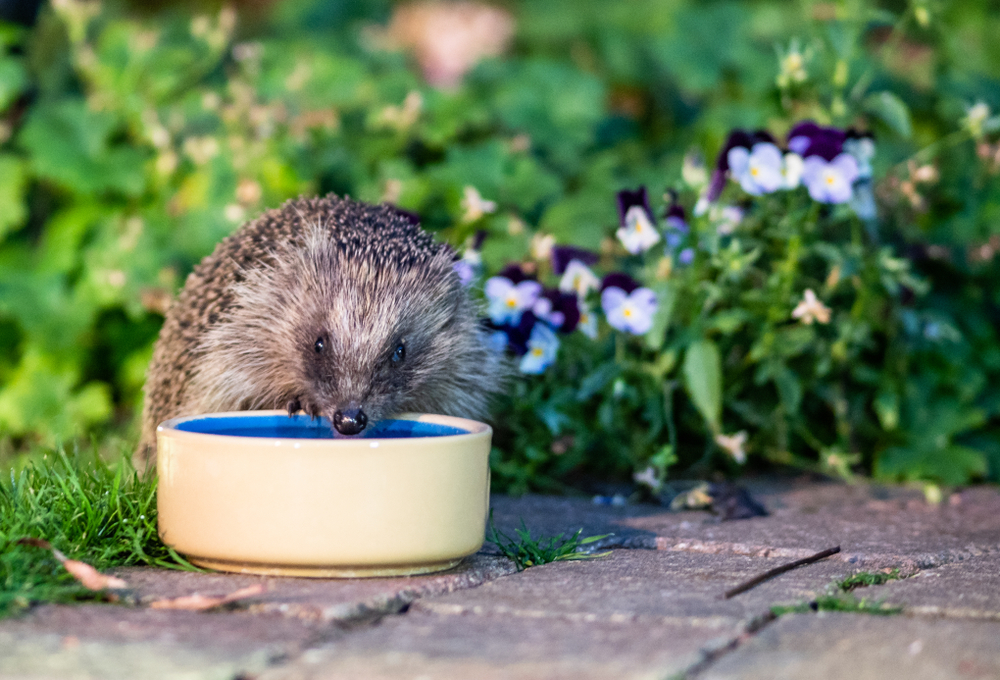
Hedgehogs are charming, small mammals known for their spiny appearance and, of course, their love of sleep, which can last up to 18 hours a day. These nocturnal creatures often spend their days curled up in a tight ball, resting in burrows, leaves, or other hidden spots. Their sleep-heavy lifestyle is essential for their survival, as it allows them to conserve the energy needed to forage for food at night. Hedgehogs are solitary creatures, and their nap times reflect their preference for a quiet, undisturbed life.
The onset of winter brings hibernation for hedgehogs, which can last for several months, highlighting their need for extended rest periods. During this time, they slow down their metabolism and rely on stored fat to get them through the cold months. Hedgehogs are beloved by many for their endearing traits and their ability to adapt to various environments, from woodlands to gardens. Their commitment to sleep reminds us of the importance of rest, especially in a world that can be unpredictable and demanding. While they may be prickly on the outside, hedgehogs have a soft spot for a good, long snooze.
14. Arctic Ground Squirrels: The Extreme Snoozers
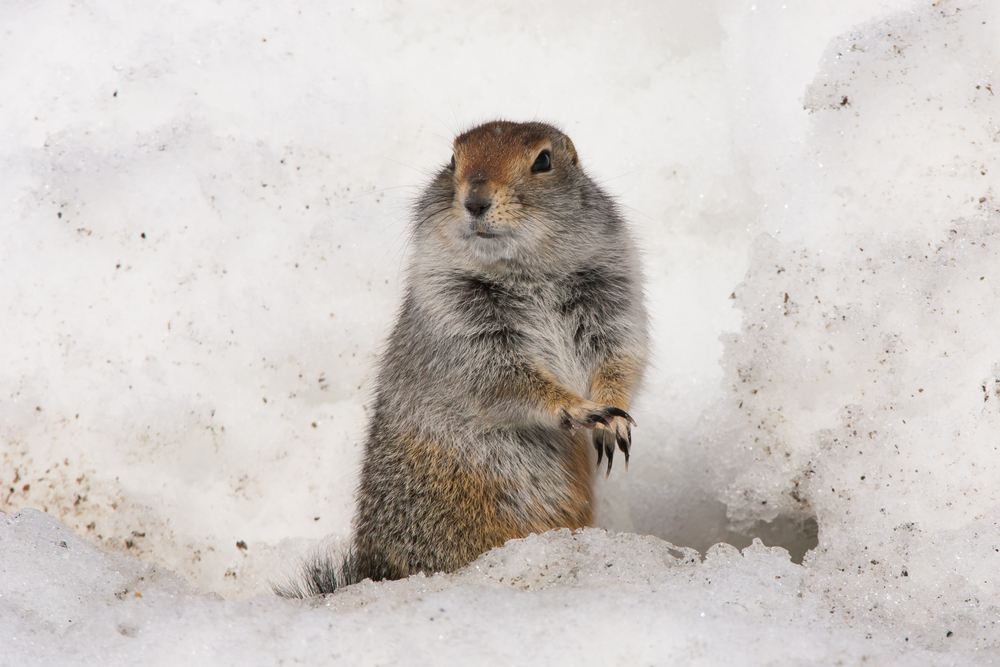
Arctic ground squirrels are the extreme sports enthusiasts of the animal sleep world, hibernating for up to eight months of the year. These resilient rodents are native to the Arctic tundra and have adapted to life in one of the harshest environments on Earth. Their extended hibernation periods help them survive the long, frigid winters when food is scarce. During this time, their body temperature drops dramatically, and they enter a state of torpor to conserve energy.
When they emerge from their deep sleep, Arctic ground squirrels make the most of the short Arctic summer, foraging and socializing in preparation for the next hibernation. Their impressive ability to survive in such a challenging environment is a testament to the power of rest and adaptation. These squirrels remind us of the importance of embracing change and the natural rhythms of life. While we may not face the extremes of the Arctic tundra, there’s a lesson to be learned in their ability to balance rest with activity. Their dedication to downtime is a powerful example of resilience and survival.
